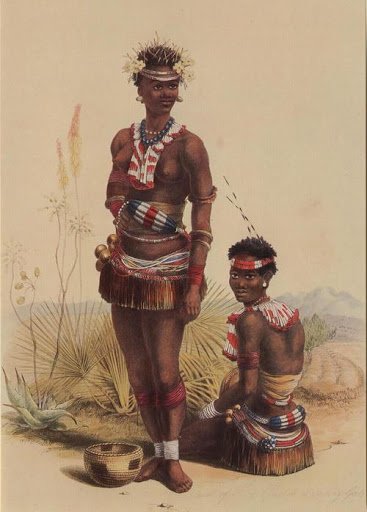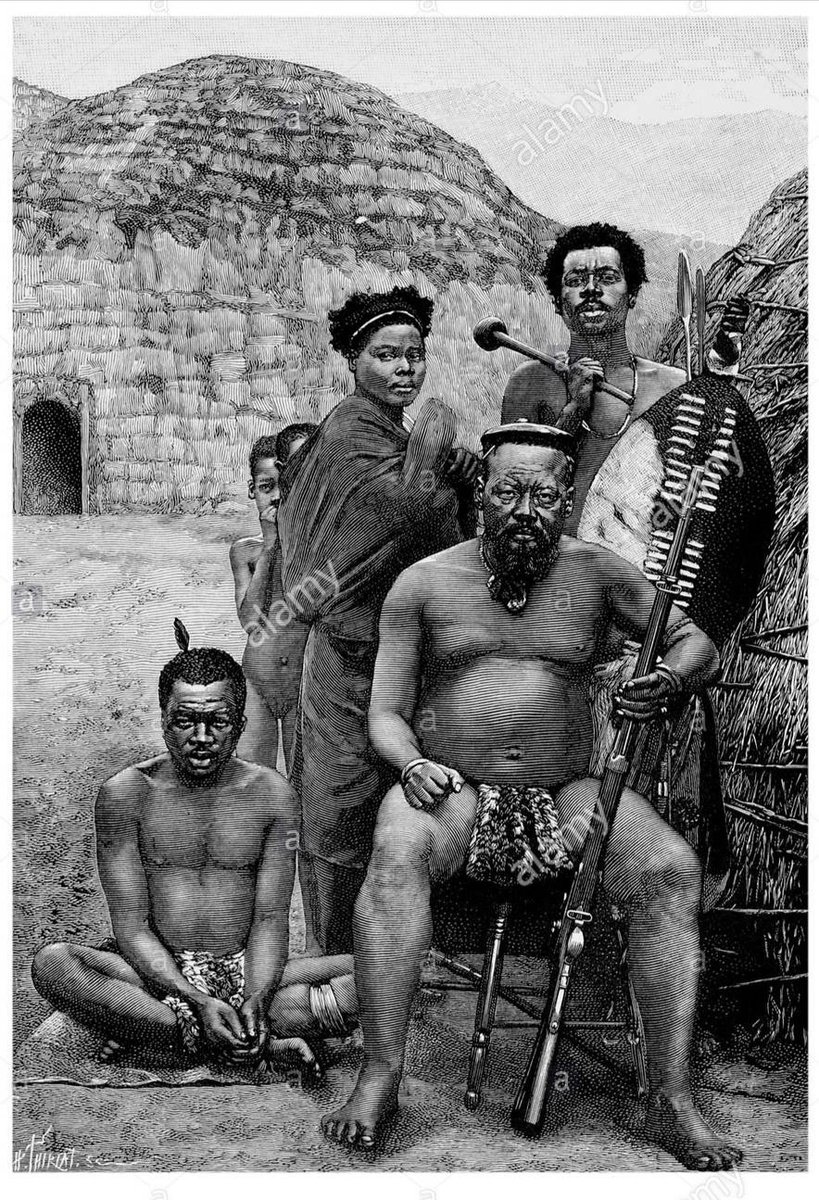
1. KING MZILIKAZI'S GOVERNANCE STYLE🇿🇼🧵
The evolution of the Ndebele state can be divided into 2 phases: 1.1820-1840 was dominated by migration & wars 2. 1841-1893 saw the Ndebele evolving to a new full-fledged settled heterogeneous state in present day Matabeleland, Zimbabwe.
The evolution of the Ndebele state can be divided into 2 phases: 1.1820-1840 was dominated by migration & wars 2. 1841-1893 saw the Ndebele evolving to a new full-fledged settled heterogeneous state in present day Matabeleland, Zimbabwe.

2. King Mzilikazi's government hierarchy was as follows :
1. Inkosi (King)
2. Indunankulu Yesizwe (Prime Minister)
3. Umphakathi (Inner advisory council)
4.Izikhulu (Outer advisory council/council of prominent men)
5. Izinduna zezigaba (provincial chiefs)
6. Abalisa (headmen)
1. Inkosi (King)
2. Indunankulu Yesizwe (Prime Minister)
3. Umphakathi (Inner advisory council)
4.Izikhulu (Outer advisory council/council of prominent men)
5. Izinduna zezigaba (provincial chiefs)
6. Abalisa (headmen)

3. At the bottom of the hierarchy were ordinary men who were aptly called abamnumzana (heads of homesteads). From these you could still find izikhulu who were rich and influential. Eventhough they were not chiefs or military leaders, they had the ear of the king. 

4. Mzilikazi was largely a ceremonial head of state, religious chief, commander in-chief of the armed forces, and the supreme judge of all criminal cases. He was no longer active in military missions. He also headed religious ceremonies like inxwala (first fruits ceremony).
5. Mncumbatha Khumalo was the prime minister during Mzilikazi's reign. He even acted as a regent after the death of Mzilikazi in 1868. Mncumbatha was described by the Ndebele as umqamelo wenkosi, which meant the pillow of the king.
6. The king relied on him for advice. He acted as a deputy to the king. He represented the king on various important occasions and could sign treaties on behalf of the king, as he did in 1836 with the colonial government at the Cape.
7. The leaders of izigaba rather than the king were the practical representatives of amahlabezulu (the ordinary population). The king had to listen to their views in order to keep in touch with the popular sentiments of his people.
8.Chiefs of izigaba were initially appointed by the king
especially during the inception of the state and the formation of specific izigaba as the state grew. Umphakathi and izinduna were wise men who debated issues that affected the state and advised the king accordingly.
especially during the inception of the state and the formation of specific izigaba as the state grew. Umphakathi and izinduna were wise men who debated issues that affected the state and advised the king accordingly.
9. They had to work hard to cultivate the allegiance of the people within their territories. Upon the death of an appointed chief, the king’s power to appoint another chief fell away as the deceased chief was to be succeeded by his eldest son from his senior wife.
10. Despite all these elaborate mechanisms of governance , the system of governance was not fully based on consensual politics. It was characterized by a mixture of democratic tendencies on the one hand, and aristocratic, autocratic and/or militaristic tendencies on the other.
11. Power was hereditary, and confined to royal houses. Eventhough the Ndebele conceded that power was to be contested, they however,never tolerated opposition to the incumbent leader. The political ideology was : alikho ilanga eliphuma elinye lingakatshoni. 

• • •
Missing some Tweet in this thread? You can try to
force a refresh














